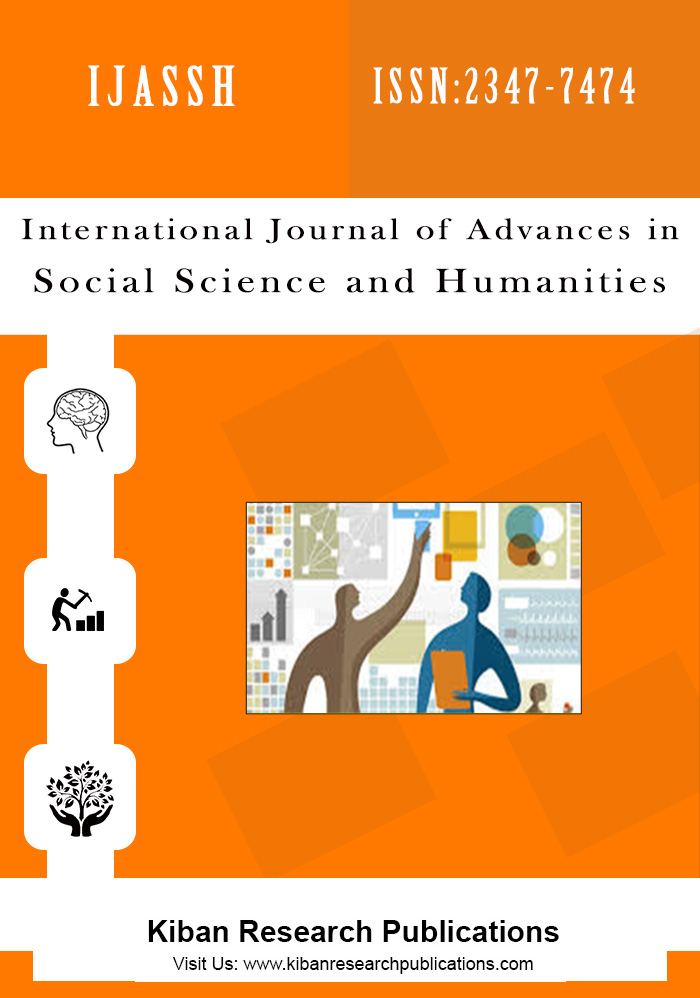Assessing the Role of Foreign Exchange Reserves in Capital Formation: The Indian Context
Abstract
Foreign exchange reserves (hereafter referred to as forex) in a strict sense are only the foreign currency deposits and bonds held by central banks and monetary authorities. However, the term in popular usage commonly includes foreign exchange and gold, SDRs and IMR reserve positions. In the last decade in India, the forex has increased almost 3.5 times from 4,901.29 billion rupees in 2004 to 18,283.80 billion rupees in 2014. India is a developing economy which requires a large amount of capital to be committed towards infrastructure expansion. Therefore, it would be fruitful to analyse in the Indian context if the increasing volumes of forex could possibly provide an additional source of funds for capital formation or domestic investment. Against this backdrop, this paper aims to analyse the link between the surging volumes of foreign exchange reserves and capital formation for Indian economy. Based on a comparison of the growth rates of average forex and capital formation over decades this paper finds it analytically rewarding to utilise surplus forex for investment purpose in case of Indian economy.How to Cite
Atri, Pragya. “Assessing the Role of Foreign Exchange Reserves in Capital Formation: The Indian Context”. International Journal of Advances in Social Science and Humanities, Jan. 2018, https://ijassh.com/index.php/IJASSH/article/view/144.
Issue
Section
Research Articles




